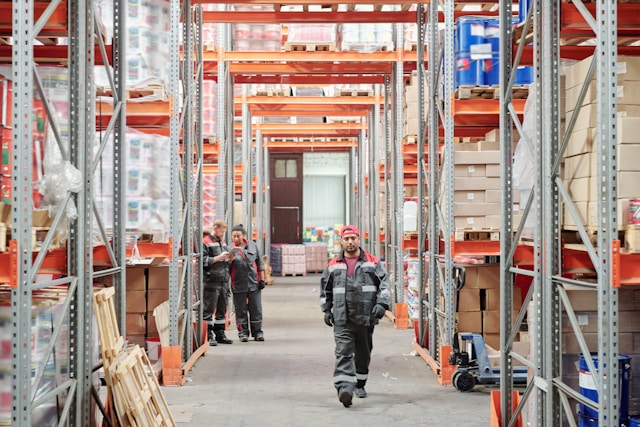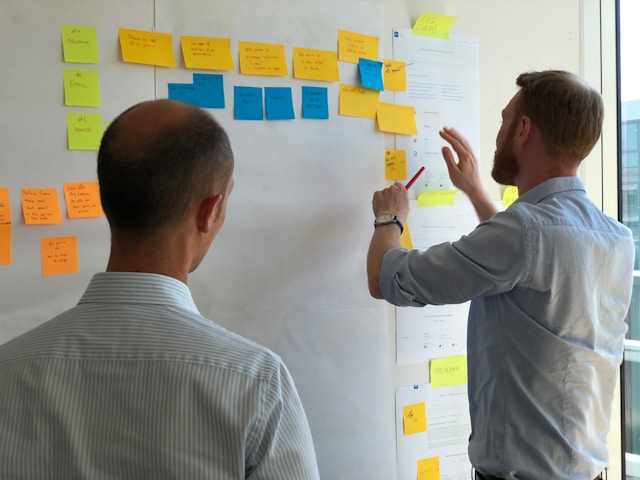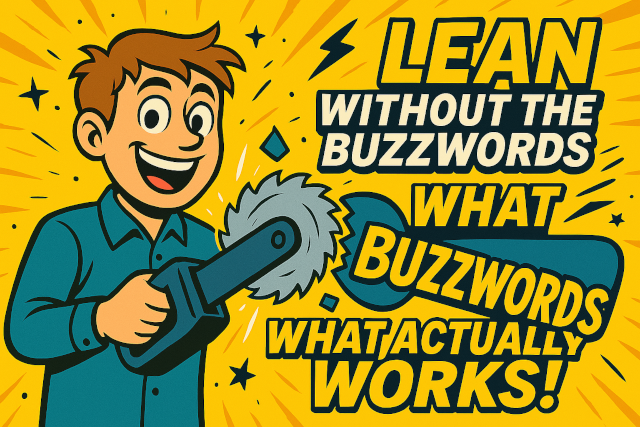You want momentum, not burnout.
That’s the balancing act of every Lean leader in a warehouse environment.
Done well, Lean builds a culture of ownership, problem-solving, and pride. Done poorly, it becomes just another layer of pressure—one more thing piled on top of an already strained team.
So how do you drive change without driving people away?
This article explores how to build a Lean culture that sticks—without exhausting your frontline.
1. Start With Listening, Not Lean
You might see waste everywhere—extra touches, overstocked shelves, lost time between picks. But until your team believes you understand their reality, they won’t care about yours.
What breaks teams:
Leaders who rush to fix without first listening create resentment. The team sees Lean as finger-pointing, not support.
What builds culture:
Start by walking the floor and asking questions. What’s hard? What’s annoying? What would they fix if they could? Lean becomes credible when it solves real problems they care about.
2. Make Problems Safe to Surface
Warehouse teams often know what’s broken—but they’ve learned it’s safer to say nothing. If every issue leads to blame or more work, people stay quiet.
What breaks teams:
Blame-first environments. Hidden retaliation. “Suggestions” that lead to extra tasks but no resolution.
What builds culture:
Normalize daily problem-solving. Celebrate when someone finds an issue. Show—don’t just say—that you want transparency, not perfection. Use simple, visible methods like “problem of the day” boards or quick debriefs.
3. Respect Capacity—Don’t Just Demand Change
Many Lean failures come down to one root issue: overload.
You can’t build culture in a state of exhaustion. No matter how well-intentioned, Lean collapses if it’s seen as extra work, not better work.
What breaks teams:
Launching too many initiatives. Scheduling CI workshops during peak. Expecting improvements on top of an already maxed-out workload.
What builds culture:
Slow the pace to sustain the pace. Protect improvement time. Use a pull system for change: don’t force Lean tools—invite adoption based on need and timing. Prioritize improvements that save time first.
4. Celebrate Small Wins Loudly
Culture doesn’t shift all at once. It moves in inches.
One problem solved. One pick path improved. One idea trialed and adopted.
What breaks teams:
Waiting to celebrate until the whole system is in place. Failing to recognize effort unless it’s measurable ROI.
What builds culture:
Reinforce behaviors, not just outcomes. Thank the person who trialed a layout tweak—even if it wasn’t perfect. Make wins visible: before-and-after photos, shoutouts, or quick huddle mentions. People repeat what gets noticed.
5. Lead the Way, Then Step Aside
Lean can’t be a management-only initiative. It needs to become “how we work”—owned by everyone.
What breaks teams:
Leaders who control every improvement. “Drive-by” leadership—visible only at the launch. Systems that rely on a single Lean champion.
What builds culture:
Model the behavior, then create space for others to lead. Train team leads to run their own huddles. Support peer-to-peer improvement projects. When the floor owns the process, the culture takes root.
Final Thoughts: Build With, Not For
The best Lean cultures are built with the people who run the operation—not for them.
It’s slower. Messier. But far more sustainable.
So before launching your next Lean project, ask yourself:
- Have I listened deeply?
- Is this solving a problem that matters to them?
- Have I created the time and space to do this right?
If the answer is yes, you’re not just building a system.
You’re building trust.
And that’s the real foundation of Lean.



